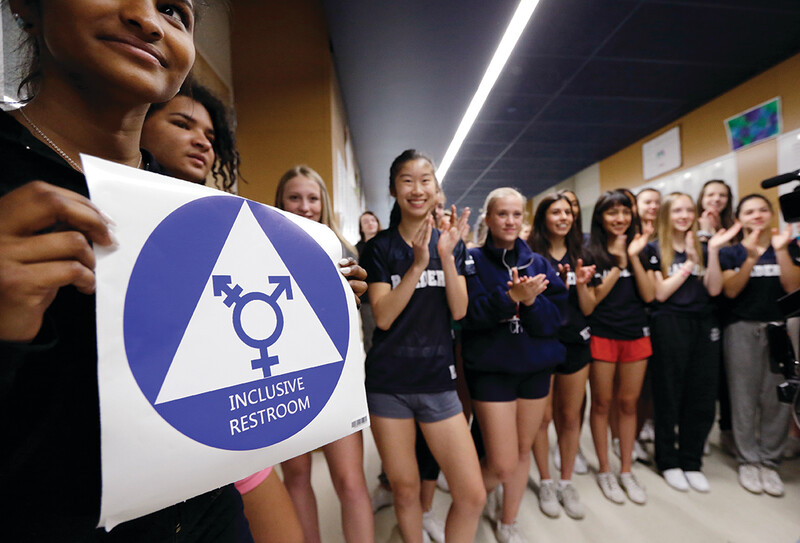Talking about Race, Class, and Equity
- Do you agree with Wormeli that it's important for educators to talk together about racism and whether it exists in school policies?
- Are there opportunities in your school for teachers to talk openly as a group about racial issues, biases, and how racism may be operating in ways that hold students back?
- Do you think it would benefit your school, faculty, and students if teachers had chances to engage in structured discussion about race and bias? If so, create a plan for how you might make such discussions happen. Who might you approach to help bring them into being? Keeping in mind Wormeli's tips on p. 21 for productive discussion, choose colleagues who might make effective facilitators.
- Have such discussions ever been tried at your school (you may want to ask some colleagues who've been there quite a while)? If so, how did people feel about the interactions?
- In groups of two or three, practice responding to scenarios involving racism like those Wormeli describes in his article.
- Landsman notes that to help students talk about race and privilege—which they're eager to do—we need to first build a trusting community where students' perspectives are recognized, known, and respected. Read Landsman's suggestions for bringing out students' voices. Commit yourself to a few ideas that you might try with your learners this fall.
Reflecting on Our Own Bias
- Do you agree with Fiarman's premise that most people have some bias toward some groups? Do you agree with her statement that "For many white people … recognizing that we're biased can be hard to face. However, if white educators like me don't seek to understand our internalized biases, we risk perpetuating inequality." Why or why not?
- Is inadvertent bias on the part of teachers or administrators ever talked about at your school? Would it be helpful to create a way to talk safely about bias—perhaps by discussing Fiarman's article at a faculty or department meeting?
- Are you curious about your own unconscious biases? Try taking the implicit bias test that Fiarman mentions or the Intercultural Development Inventory Landsman mentions.
Using Data to Bring Equity
- Discuss your school's policies and practices on removing students from class or suspending them. If your school is racially mixed, have you noticed patterns as to which group of students tends to be disciplined in this way most often? Can you look at your school's data? Do you have stories about students being removed from class or school to share?
- Are data walls with spreadsheets of individual data like those Neuman describes used in your school? If so, who sees them? How much "skill score" data is shared with the individual learners?
Resources for Further Study
The following resources available from ASCD can help any teacher or school leader build greater equity in any educational arena.
ASCD Books
Aim High, Achieve More: How to Transform Urban Schools through Fearless Leadership (2012) by Yvette Jackson and Veronica McDermott
Creating the Opportunity to Learn: Moving from Research to Practice to Close the Achievement Gap (2011) by A. Wade Boykin and Pedro Noguera
Motivating Black Males to Achieve in School and in Life (2009) by Baruti Kafele
Turning High-Poverty Schools into High-Performing Schools (2012) by William Parrett and Kathleen Budge
EL Articles
"The Place That I Call Home" by Linda Christensen in March 2015 issue on Culturally Diverse Classrooms
"The Story Behind Ferguson" by Richard Rothstein in March 2015 issue on Culturally Diverse Classrooms
"The Widening Income Achievement Gap" by Sean F. Reardon in May 2013 issue on Faces of Poverty
"The American Dream: Slipping Away?" by Susan B. Neuman in May 2013 issue on Faces of Poverty
Previous Issues of Educational Leadership
November 2010: Closing Opportunity Gaps
December 2011/January 2012: The Resourceful School
May 2013: Faces of Poverty
September 2013: Resilience and Learning
PD Online Courses
Achievement Gaps: An Introduction
Achievement Gaps: The Path to Equity
Teaching with Poverty in Mind



